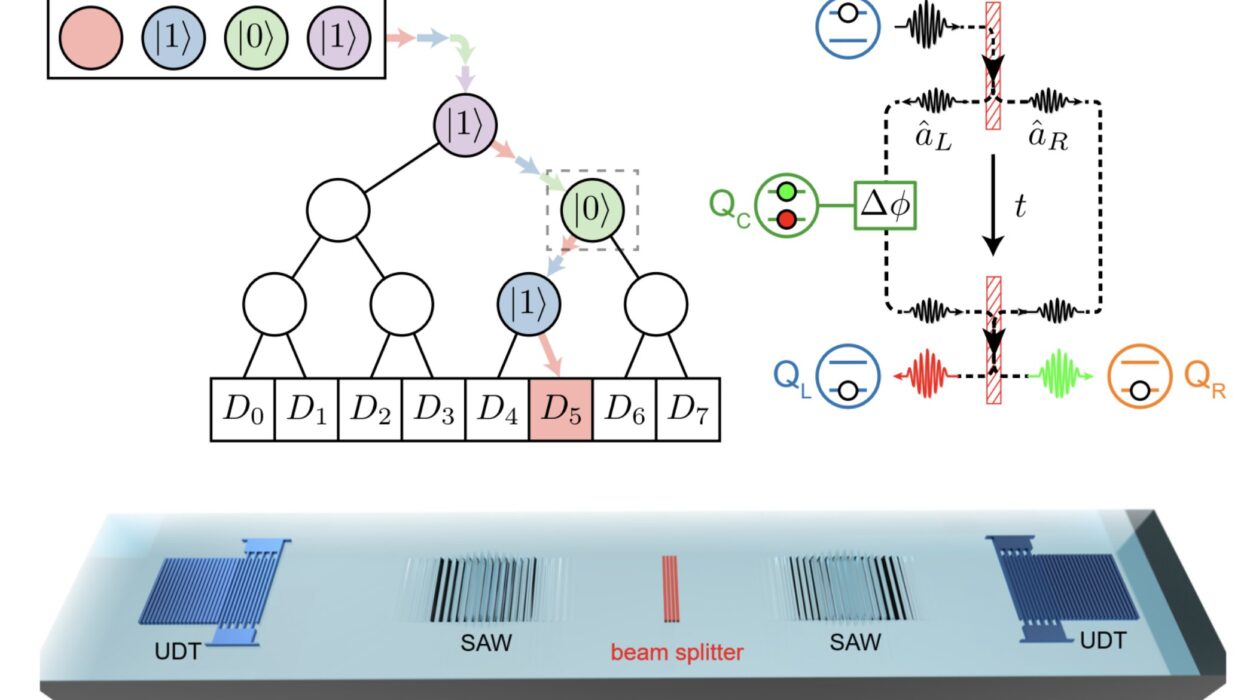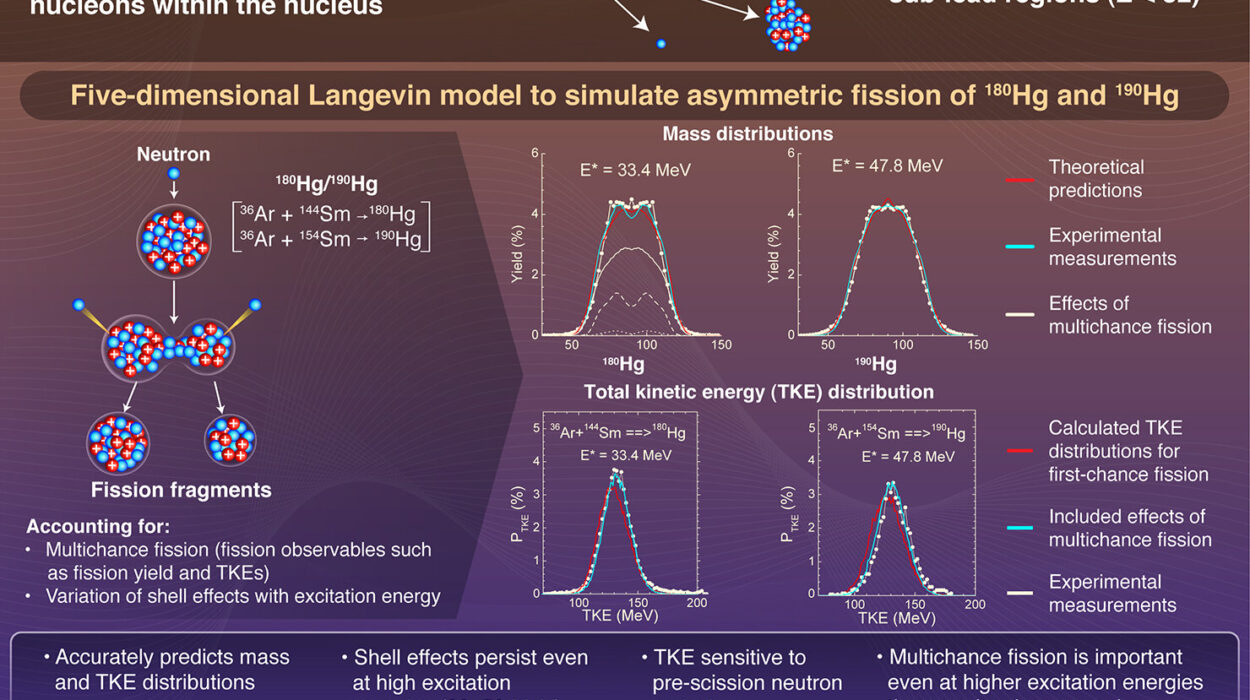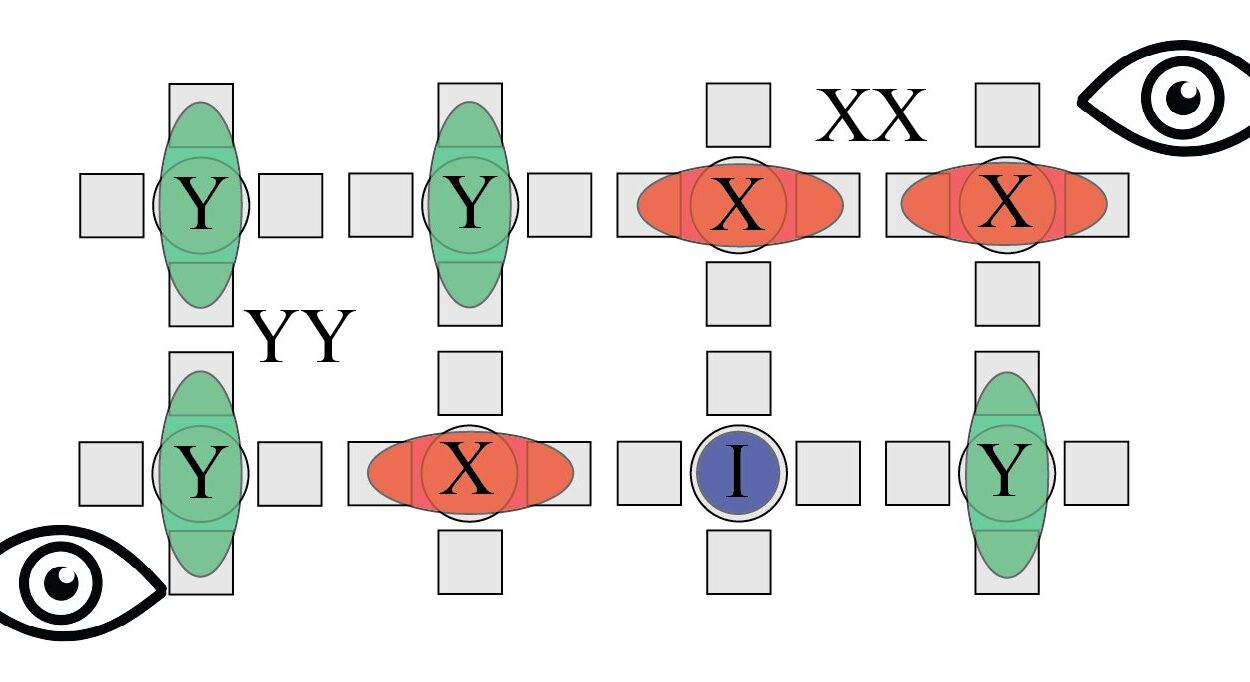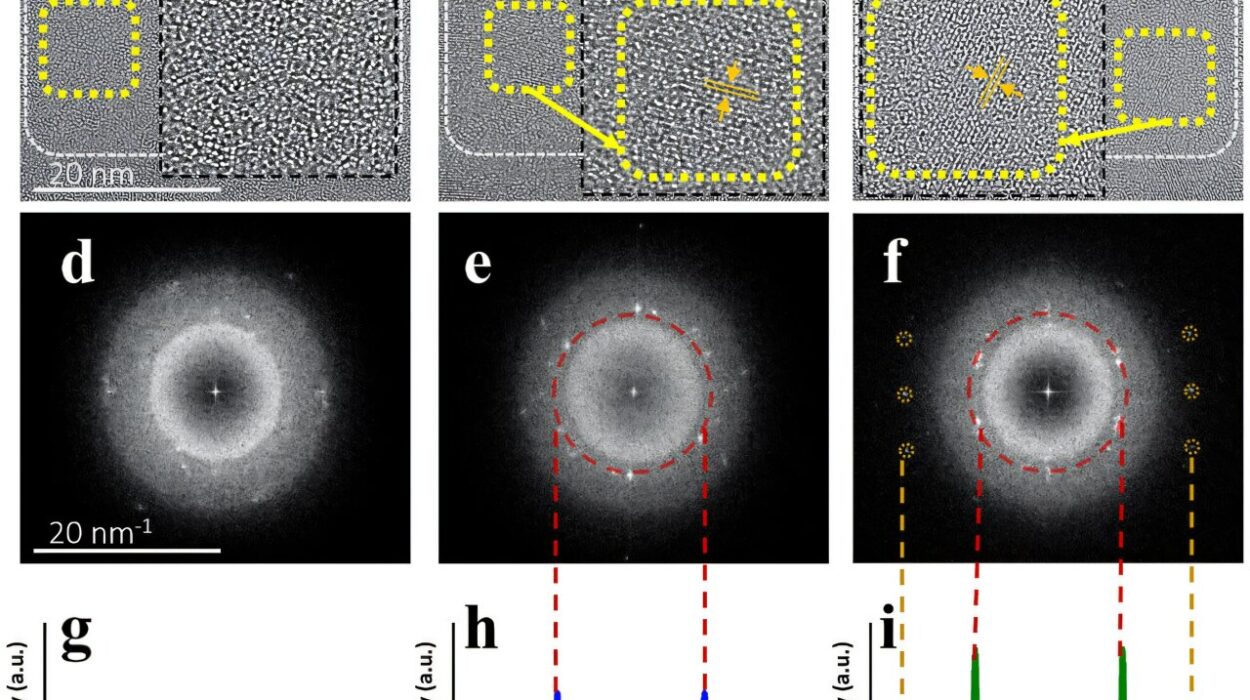When Lu Li, a professor of physics at the University of Michigan, began his latest research project, he did not expect to stumble upon a phenomenon that would challenge some of the deepest assumptions in materials science. Together with an international team of researchers, Li uncovered a strange and almost paradoxical behavior in a class of materials once thought to be well understood—insulators that, under the right conditions, begin to act like metals.
The finding, published in Physical Review Letters, may not lead to a new technology tomorrow. In fact, Li himself admits, with a mix of humility and awe, “I would love to claim that there’s a great application, but my work keeps pushing that dream further away. But what we’ve found is still really bizarre and exciting.”
Their work, conducted using the most powerful magnetic field laboratory in the world, doesn’t simply deepen our understanding of quantum materials—it challenges the very boundary between two of the most fundamental categories in physics: conductors and insulators.
The Mystery of Quantum Oscillations
To appreciate the strangeness of the discovery, it helps to start with the phenomenon at its core—quantum oscillations. These oscillations, usually found in metals, describe how electrons inside a material move when exposed to a magnetic field. In simple terms, it’s as if the electrons behave like tiny springs that wiggle at different speeds depending on the strength of the field.
This effect is well understood in metals because electrons there are free to move, creating the electric currents that power our devices and technologies. However, several years ago, researchers around the world began finding similar oscillations in materials that shouldn’t allow such behavior at all—insulators, which by definition do not conduct electricity or heat.
This posed an unsettling question: if the electrons in an insulator are locked in place, how can they produce oscillations that mimic the behavior of metals? Are these oscillations a surface phenomenon—occurring only in the outermost layers of the material—or do they come from deep within, from the bulk of the material itself?
Pushing the Limits at the World’s Strongest Magnet Lab
To solve this mystery, Li and his collaborators turned to the National High Magnetic Field Laboratory, home to the most powerful magnets on Earth. There, the team subjected a special material called ytterbium boride (YbB₁₂) to magnetic fields reaching an astonishing 35 tesla—about 35 times stronger than what is used in a hospital MRI machine.
Under these extreme conditions, the team observed unmistakable quantum oscillations. But what they found defied expectations: the oscillations didn’t just come from the surface of the material. They came from its bulk—from deep within the supposedly insulating interior.
“Effectively, we’re showing that this naive picture where we envisioned a surface with good conduction that’s feasible to use in electronics is completely wrong,” Li explained. “It’s the whole compound that behaves like a metal even though it’s an insulator.”
The paradox was clear. The material, under ordinary conditions, behaves as an electrical insulator. Yet under intense magnetic fields, it exhibits properties of a conductor. The electrons seemed to be moving collectively in a way that standard theories couldn’t fully explain.
The Search for Meaning in the Madness
For most researchers, such a finding would be as frustrating as it is fascinating. There’s no immediate application—no new gadget, no breakthrough technology to point to. And yet, discoveries like this are the raw material from which future revolutions in science are built.
Li recognizes the odd beauty of his team’s results. “I wish I knew what to do with that, but at this stage we have no idea,” he said. “What we have right now is experimental evidence of a remarkable phenomenon. We’ve recorded it and, hopefully, at some point, we’ll realize how to use it.”
His team’s humility and curiosity echo a timeless truth about science: sometimes the most important discoveries don’t solve problems—they create them.
Revisiting an Old Duality, Discovering a New One
Li often frames his research through the idea of what he calls the “new duality.” In physics, dualities are deep connections that show how seemingly opposite things are actually two sides of the same coin. The “old duality,” discovered more than a century ago, came with the birth of quantum mechanics. Scientists realized that light and matter can behave both as particles and waves depending on how they are observed—a revelation that reshaped science and technology forever.
To Li, this new discovery hints at another kind of duality—one between conductors and insulators. “The new duality,” he explains, “is the ability of materials to behave as both conductors and insulators.” In the case of YbB₁₂, the same material can exhibit insulating behavior under normal conditions and metallic behavior under extreme magnetic fields.
This duality could redefine how scientists think about electronic materials. The discovery suggests that, under certain quantum conditions, the boundaries between categories like “metal” and “insulator” may not be as rigid as once believed. Matter itself may exist in hybrid states that blur the lines between them.
Challenging the Promise of Topological Insulators
The discovery also has implications for one of the most exciting areas of modern physics—topological insulators. These are materials that conduct electricity only on their surfaces while their interiors remain insulating. Scientists have been exploring them for potential applications in advanced electronics, spintronics, and quantum computing.
If quantum oscillations in materials like YbB₁₂ arise from the bulk rather than the surface, as Li’s team found, it means that the mechanisms behind these phenomena might be far more complex than previously thought. The dream of harnessing surface-only effects for practical technologies may need to be reexamined.
In essence, Li’s work suggests that the distinction between surface and bulk might not be as clear-cut as scientists hoped. The material’s entire structure may participate in the bizarre metal-like behavior, complicating efforts to isolate and control the effect for technological use.
The Challenge and the Promise of the Unknown
The experiments have opened more questions than they have answered. What kind of particles are responsible for the quantum oscillations in an insulator? Are these particles truly neutral, or are they some exotic emergent form of matter?
Yuan Zhu, a graduate student and one of the paper’s co-authors, captured the mood of both wonder and uncertainty surrounding the work. “Confirming that the oscillations are bulk and intrinsic is exciting,” Zhu said. “We don’t yet know what kind of neutral particles are responsible for the observation. We hope our findings motivate further experiments and theoretical work.”
Indeed, the excitement in the physics community is not about immediate applications, but about possibility—the sense that nature is revealing a new layer of behavior that we barely understand. These discoveries might one day lead to new types of materials, perhaps ones that can control quantum states or conduct information in entirely new ways.
When Curiosity Outruns Usefulness
In a world often driven by innovation and commercial application, it can be easy to forget that much of modern technology grew out of discoveries that once seemed “useless.” The quantum mechanics that powers every smartphone and laser today began as abstract speculation about the behavior of atoms. The relativity theory that enables GPS started as a thought experiment about time and light.
Lu Li’s discovery belongs to that same lineage of pure curiosity—science pursued not because it is profitable, but because it is true. “My work keeps pushing the dream of application further away,” he said, half in jest. Yet that pursuit of the unknown, unbound by practicality, is exactly how the frontiers of human knowledge expand.
Even if no device ever depends on ytterbium boride’s strange quantum heartbeat, the understanding it brings will ripple outward—into new theories, new materials, and new ways of thinking about the quantum world.
The Beauty of the Unexplained
The story of Lu Li and his team is more than a tale of scientific progress; it is a reminder of why we do science in the first place. It’s about daring to ask questions that might never have an immediate answer, and about finding beauty in the unexplained.
Physics, at its heart, is the art of curiosity. Every equation and every measurement is an attempt to converse with nature—to listen to what it whispers when we push it to its limits. Sometimes, those whispers sound like nonsense. Other times, as in the case of these quantum oscillations, they reveal something profoundly new: that even the simplest categories—metal and insulator, wave and particle, known and unknown—can merge into something beautifully strange.
For now, Lu Li and his collaborators have no clear roadmap for where this discovery will lead. But their work is a testament to the spirit of exploration itself—the willingness to wander into the bizarre and to trust that, in time, the universe will reveal what it means.
And perhaps that is the true power of science: not in the answers it provides, but in the questions it dares to ask.
More information: Kuan-Wen Chen et al, Quantum Oscillations in the Heat Capacity of Kondo Insulator YbB12, Physical Review Letters (2025). DOI: 10.1103/ms3x-pjsk. On arXiv: DOI: 10.48550/arxiv.2501.07471






